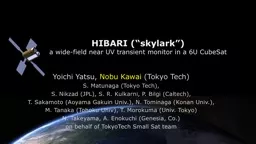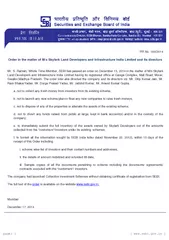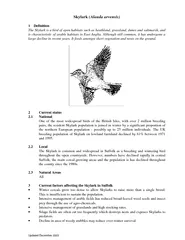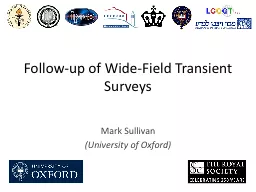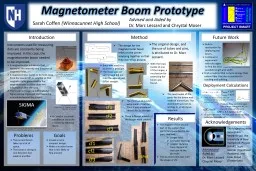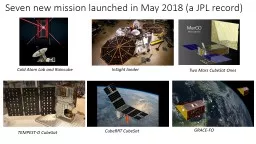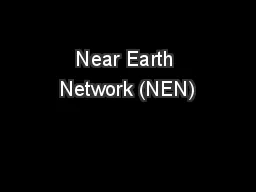PPT-HIBARI (“skylark”) a wide-field near UV transient monitor in a 6U CubeSat
Author : dsuser1 | Published Date : 2020-11-06
Yoichi Yatsu Nobu Kawai Tokyo Tech S Matunaga Tokyo Tech S Nikzad JPL S R Kulkarni P Bilgi Caltech T Sakamoto Aoyama Gakuin Univ N Tominaga Konan Univ
Presentation Embed Code
Download Presentation
Download Presentation The PPT/PDF document "HIBARI (“skylark”) a wide-field near..." is the property of its rightful owner. Permission is granted to download and print the materials on this website for personal, non-commercial use only, and to display it on your personal computer provided you do not modify the materials and that you retain all copyright notices contained in the materials. By downloading content from our website, you accept the terms of this agreement.
HIBARI (“skylark”) a wide-field near UV transient monitor in a 6U CubeSat: Transcript
Download Rules Of Document
"HIBARI (“skylark”) a wide-field near UV transient monitor in a 6U CubeSat"The content belongs to its owner. You may download and print it for personal use, without modification, and keep all copyright notices. By downloading, you agree to these terms.
Related Documents

